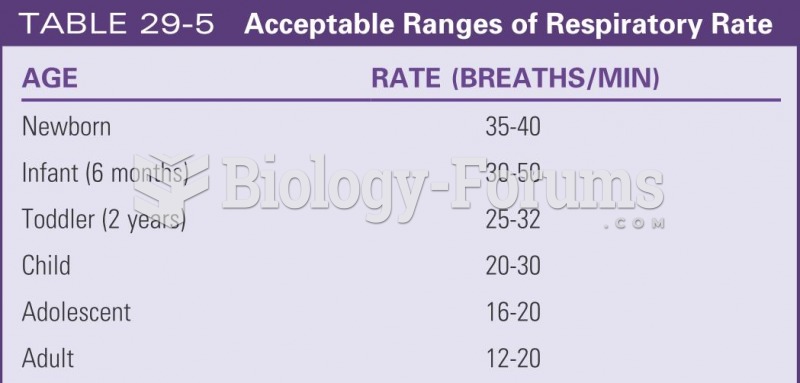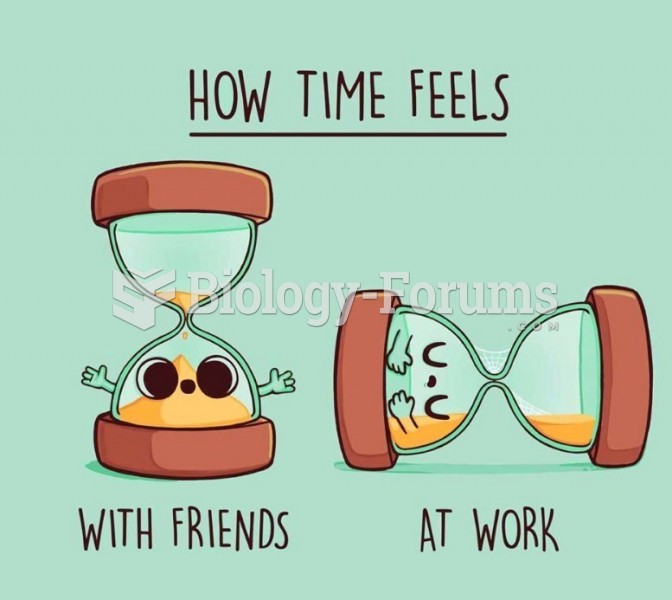Answer to Question 1
a) Piece-rate plans. In piece-rate pay plans, workers are paid a fixed sum for each unit of production completed. When an employee gets no base salary and is paid only for what he or she produces, this is a pure piece-rate plan.
b) Merit-based pay. Merit-based pay plans also pay for individual performance. However, unlike piece-rate plans, which is pay based on objective output, merit-based pay plans are based on performance appraisal ratings.
c) Profit-sharing. Profit-sharing plans are organization-wide programs that distribute compensation based on some established formula designed around a company's profitably.
d) Bonuses. Bonuses can be paid exclusively to executives or to all employees. Many companies now routinely reward production employees with bonuses in thousands of dollars when company profits improve.
e) Skill-Based Pay. Skill-based pay (also called competency-based or knowledge-based pay) sets pay levels on the basis of how many skills employees have or how many jobs they can do.
f) ESOPs. Employee stock ownership plans (ESOPs) are company-established benefit plans in which employees acquire stock, often at below-market prices, as part of their benefits.
g) Gainsharing. Gainsharing is a formula-based group incentive plan. Improvements in group productivity determine the total amount of money that is to be allocated. By focusing on productivity gains rather than profits, gainsharing rewards specific behaviors that are less influenced by external factors. Employees in a gainsharing plan can receive incentive awards even when the organization isn't profitable.
Answer to Question 2
D
Explanation: D) The all-channel network permits all group members to actively communicate with each other. It rates highest for member satisfaction. If Harriet is worried about member satisfaction, she should change the group to all-channel, in which all group members are free to contribute and no one person takes on a leadership role.







